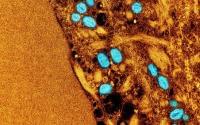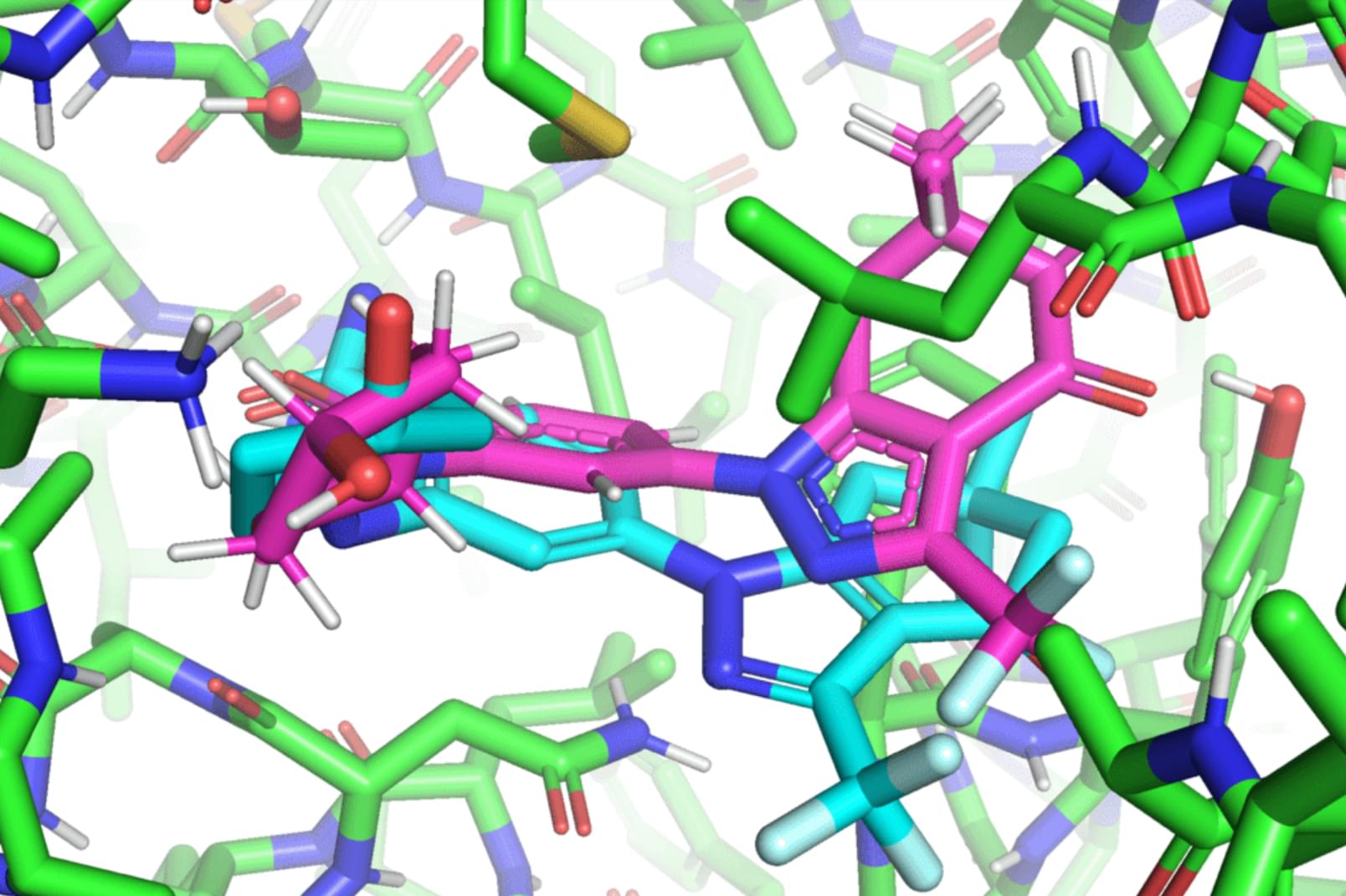Urban air mobility (UAM) company HT Aero continues to make progress toward the “flying car” it has promised to deliver by 2024. XPeng Huitian (aka HT Aero) recently posted a video to Weibo demonstrating an eVTOL prototype taking off, flying around, and being maneuvered like a car. It has the XPeng Motors steering wheel and everything – check it out.
HT Aero is the rebranded name of XPeng Huitian, a majority-owned entity of XPeng Inc. and founder He Xiaopeng. Since its foundation in 2013, HT Aero has conducted over 15,000 safely manned flights with the goal of combining automotive and aerospace technologies to develop safe, domestic electric flying vehicles at scale.
This began with the T1 eVTOL (electric vertical takeoff and landing) vehicle in 2019, followed by the X1 in 2020, which appears to be the model demonstrated in the video below, given that it doesn’t have a roof like the X2.







